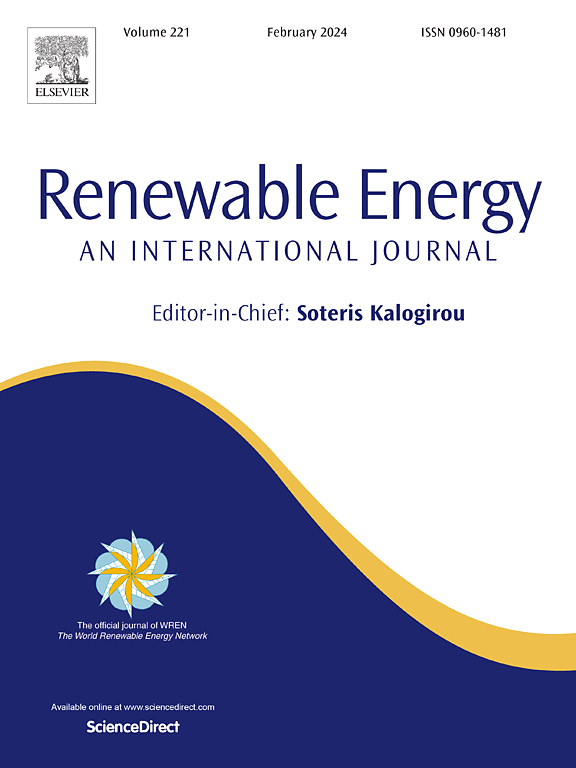Assessment of power loss caused by soiling PV modules using a dual branch multi-modality deep learning network framework
IF 9
1区 工程技术
Q1 ENERGY & FUELS
引用次数: 0
Abstract
Soiling can reduce the output power and work efficiency of photovoltaic (PV) modules, causing serious economic losses to PV systems. The cleaning schedules can be optimized to save economic expenses through the methods capable of estimating the power loss of PV modules resulting from soiling. This paper proposes a deep learning framework that combines visible light and infrared image information with dual branch cross-modality feature fusion. Initially, the MobileNetV2 is applied as the backbone of the dual branch framework to enhance the training efficiency and reduce the computational complexity. Subsequently, a cross-modality differential aware fusion module based on the channel attention mechanism (CA-CMDAF) is introduced to improve the cross-modality feature fusion capability of the model. Moreover, a multi-cascade and cross-modality fusion network and a multi-scale fusion network are integrated to further facilitate the effectiveness of feature fusion and reduce the loss of visual details during the feature extraction. Lastly, extensive experiments are carried out on the multi-modality dataset. The comparison results demonstrate the superior performance of the proposed dual branch network framework with the average accuracy of 88.27 %, which is higher than that of the single-modality models trained on either visible light or infrared images alone.
利用双分支多模态深度学习网络框架评估光伏组件脏污造成的功率损耗
污染会降低光伏组件的输出功率和工作效率,给光伏系统造成严重的经济损失。通过能够估计光伏组件因污染造成的功率损失的方法,可以优化清洁计划以节省经济费用。本文提出了一种结合可见光和红外图像信息的双分支跨模态特征融合深度学习框架。为了提高训练效率和降低计算复杂度,首先将MobileNetV2作为双分支框架的主干。随后,引入了基于信道注意机制的跨模态差分感知融合模块(CA-CMDAF),提高了模型的跨模态特征融合能力。此外,将多级联跨模态融合网络与多尺度融合网络相结合,进一步提高了特征融合的有效性,减少了特征提取过程中视觉细节的丢失。最后,在多模态数据集上进行了大量实验。对比结果表明,所提出的双分支网络框架具有优异的性能,平均准确率为88.27%,高于仅在可见光或红外图像上训练的单模态模型。
本文章由计算机程序翻译,如有差异,请以英文原文为准。
求助全文
约1分钟内获得全文
求助全文
来源期刊

Renewable Energy
工程技术-能源与燃料
CiteScore
18.40
自引率
9.20%
发文量
1955
审稿时长
6.6 months
期刊介绍:
Renewable Energy journal is dedicated to advancing knowledge and disseminating insights on various topics and technologies within renewable energy systems and components. Our mission is to support researchers, engineers, economists, manufacturers, NGOs, associations, and societies in staying updated on new developments in their respective fields and applying alternative energy solutions to current practices.
As an international, multidisciplinary journal in renewable energy engineering and research, we strive to be a premier peer-reviewed platform and a trusted source of original research and reviews in the field of renewable energy. Join us in our endeavor to drive innovation and progress in sustainable energy solutions.
 求助内容:
求助内容: 应助结果提醒方式:
应助结果提醒方式:


